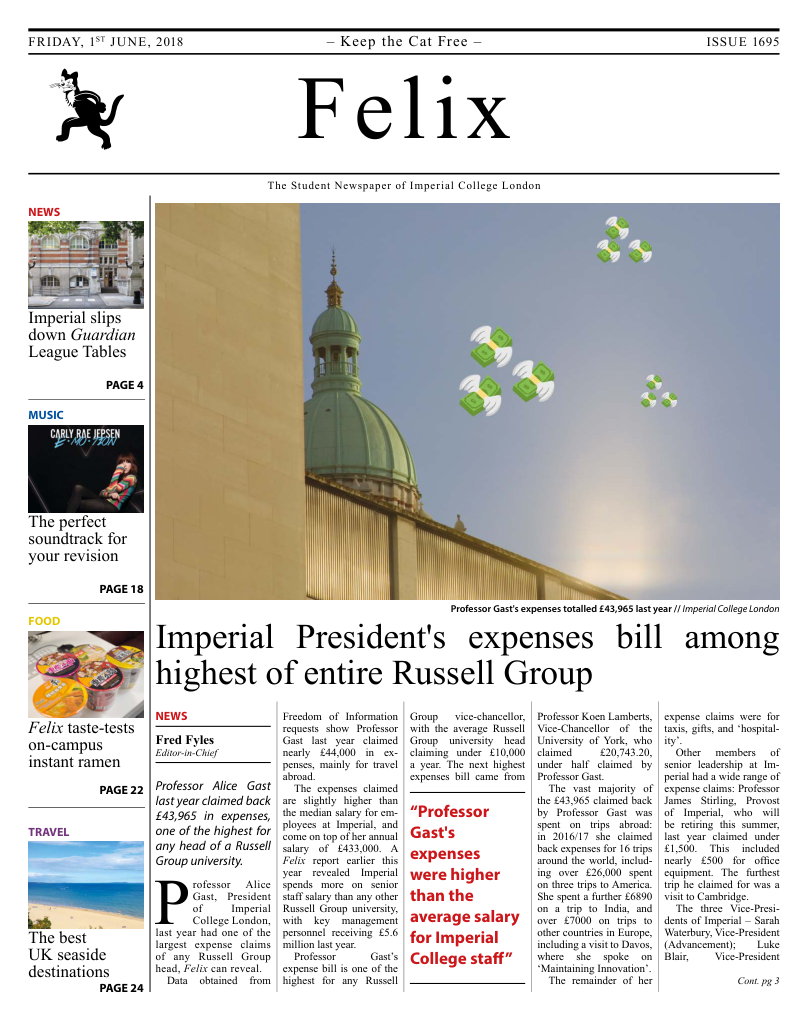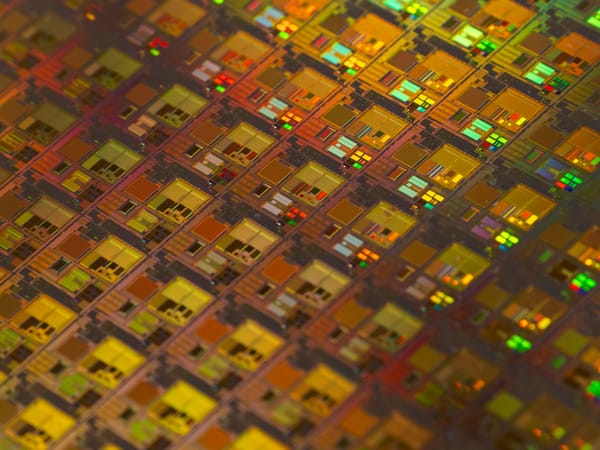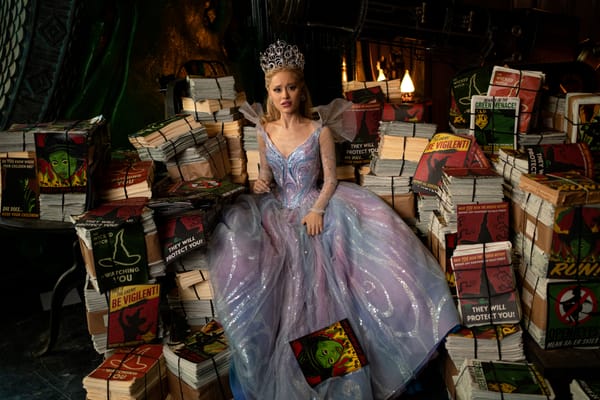Mercury spacecraft BepiColombo makes its landing at the Science Museum
A full-size model of BepiColombo, the first European spacecraft to venture to Mercury, which will take off later this year, is now on display at the Tomorrow’s World Gallery.

The unknown. It is a concept almost every individual fears in one form or another; one that many question, but few have the ability to really explore. On May 16th, the Science Museum had the privilege of unveiling a full-size structural thermal model of BepiColombo, the first European spacecraft to venture to Mercury, the planet closest to the sun. BepiColombo was developed thanks to the combined efforts of the European Space Agency (ESA) and the Japan Aerospace Exploration Agency (JAXA), and is following in the footsteps of NASA’s Mariner-10 and MESSENGER (MErcury Surface, Space ENvironment, GEochemistry, and Ranging).
Mercury itself is, unsurprisingly, the least-investigated of our solar system’s rocky planets, being only 36 million miles away from the sun – over four times close than the Earth is to our star! Furthermore, temperatures on Mercury are often in the excess of 350 degrees Celcius, fluctuating from as high as 430 degrees Celcius on the sun side, to as low as -180 degrees Celcius on the night side. The surface of the planet is marked with signs of the harsh space environment it is subject to, with craters across its surface indicating previous tectonic and volcanic activity. Additionally, due to the small obliquity – the tilt of the planet on its axis – there is an absence of the traditional Earth-like seasons, replaced with the presence of thermal seasons governed by the distance of the planet from the sun itself. Technology has been built from scratch to help the spacecraft cope with this extreme climate, and reach Mercury safely.
“The project started in 2000; 18 years later, 12,000 individuals from 16 countries have made BepiColombo a reality”
The drive to travel to Mercury started in 2000; 18 years later, 12,000 individuals, including engineers and scientists from 16 countries, have helped materialise this intersection between science and technology, to produce this six-meter-tall spacecraft, which will travel 48 million miles over the course of just over seven years. Travelling to Mercury will require more energy than travelling to Pluto – which is 70 times the distance from Earth! BepiColombo will be launched from Europe’s Spaceport in Kourou, French Guiana in October later this year, and will arrive in Mercury’s orbit at the end of 2025.
Speaking to Felix, Abigail Mackinnon, Assistant Curator at the Science Museum, said: “this exhibition is an incredible opportunity to get the public excited about a mission that has not yet begun. Usually, in space galleries you talk about things that have already happened, but to have an area dedicated to what is about to happen is exciting! People will already know of Bepi before the launch, as they have been to the museum and seen the structural thermal model, the scale of it, and all the engineering… many people will be awaiting its launch!”
“As much as 60% of the technology on the spacecraft has been newly-developed for the mission”
Jan van Casteren, Project Manager of the European Space Agency, told Felix: “The engineering of BepiColombo is extremely important as the spacecraft cannot reach Mercury and collect data if it does not survive! Therefore, the engineering to overcome this harsh environment is key, with as much as 60% of the technology on the spacecraft being newly developed – it is an engineer’s dream to work on this project.”
Van Casteren said the international cooperation needed for the project had been complex: “Working together with Japan, this is the first time this has been done on this scale. The benefits of international collaboration are huge, as the cost for development is in the excess of €1.4 billion, which no country could fund by themselves. The financial aspects require international cooperation, but scientific questions are the same all over.”
The model itself has been subject to the same environment the spacecraft will experience on Mercury in the future. If you’re interested in seeing the model, you can visit the Tomorrow’s World Gallery in the Science Museum to get a closer look!









